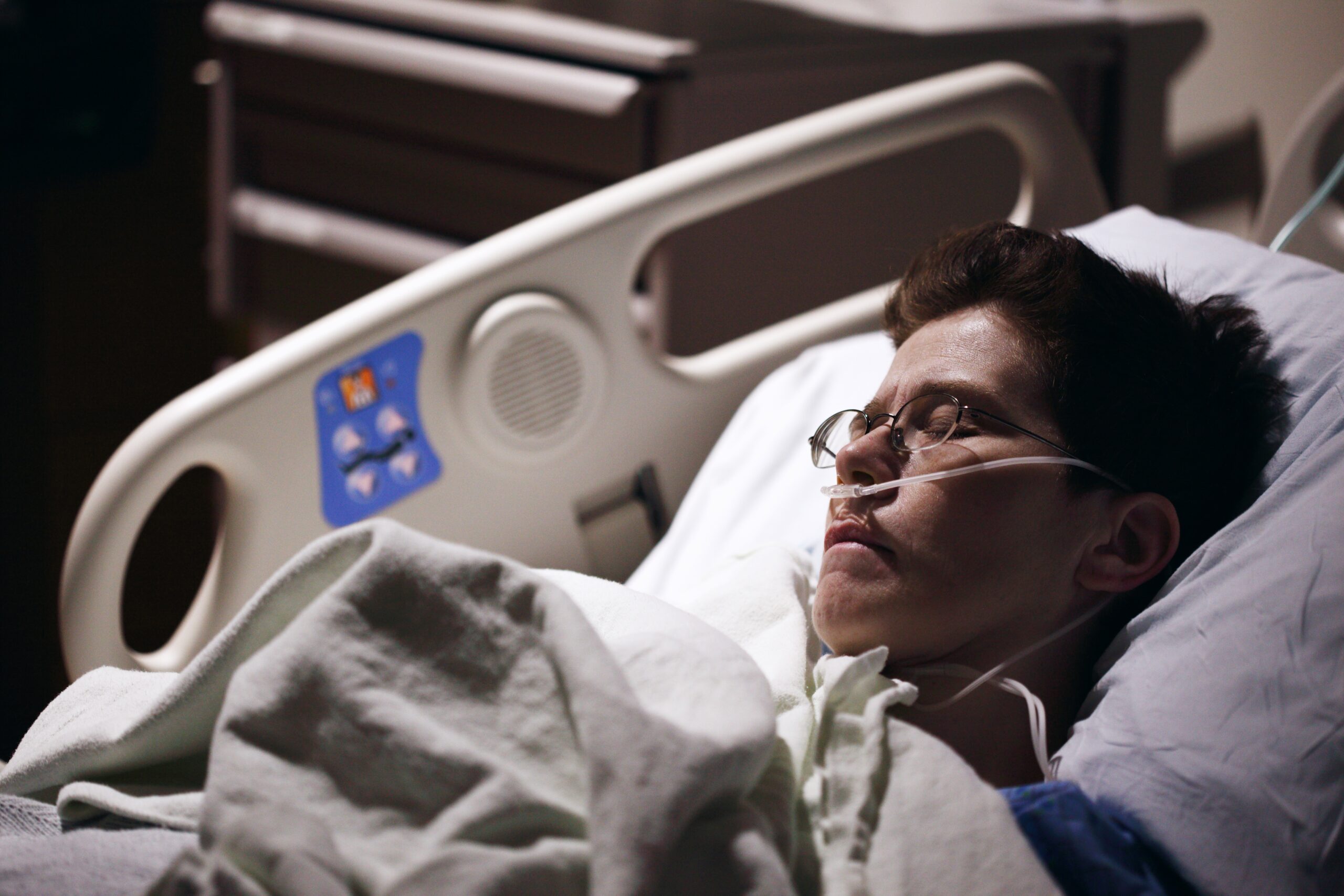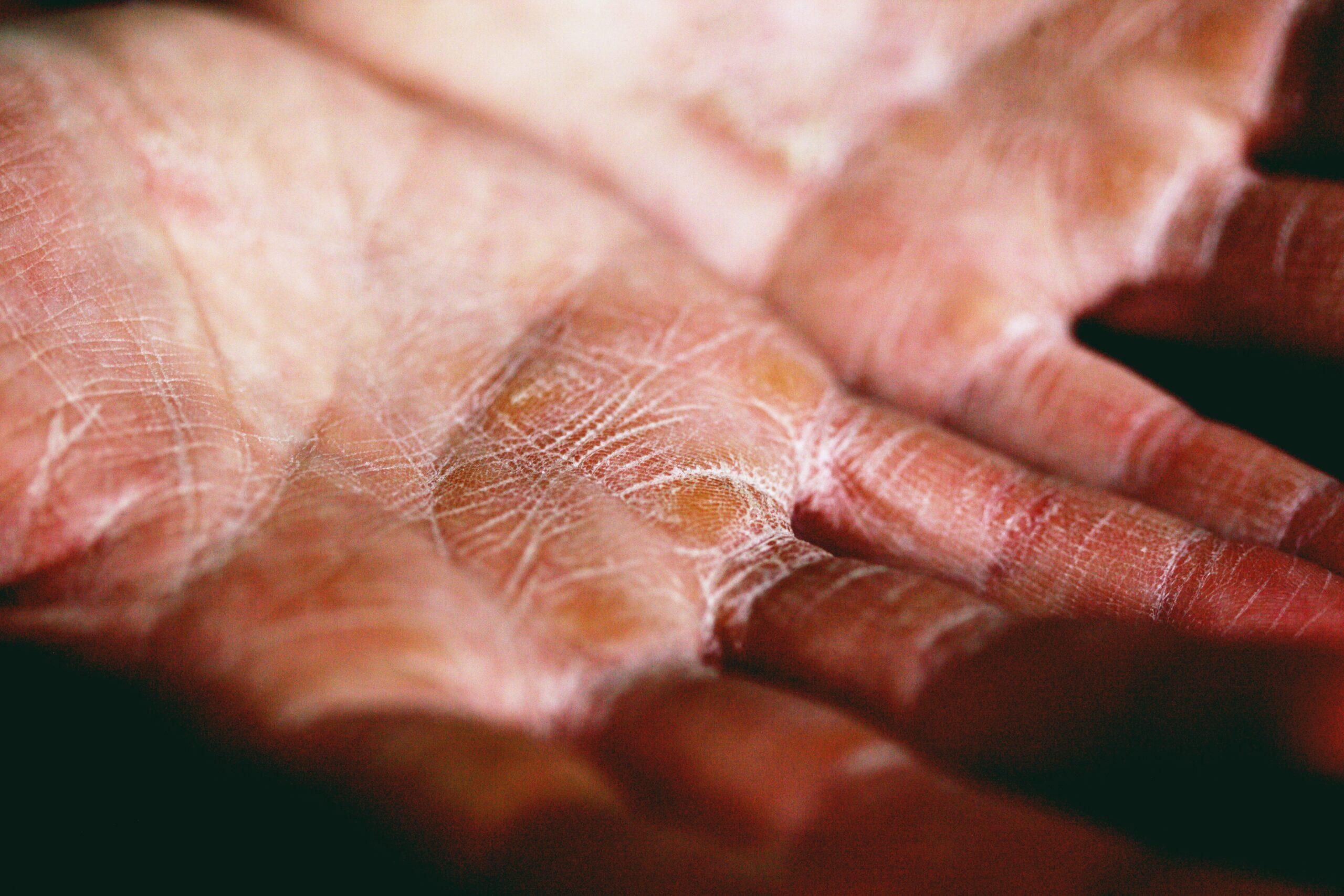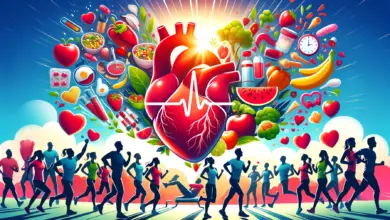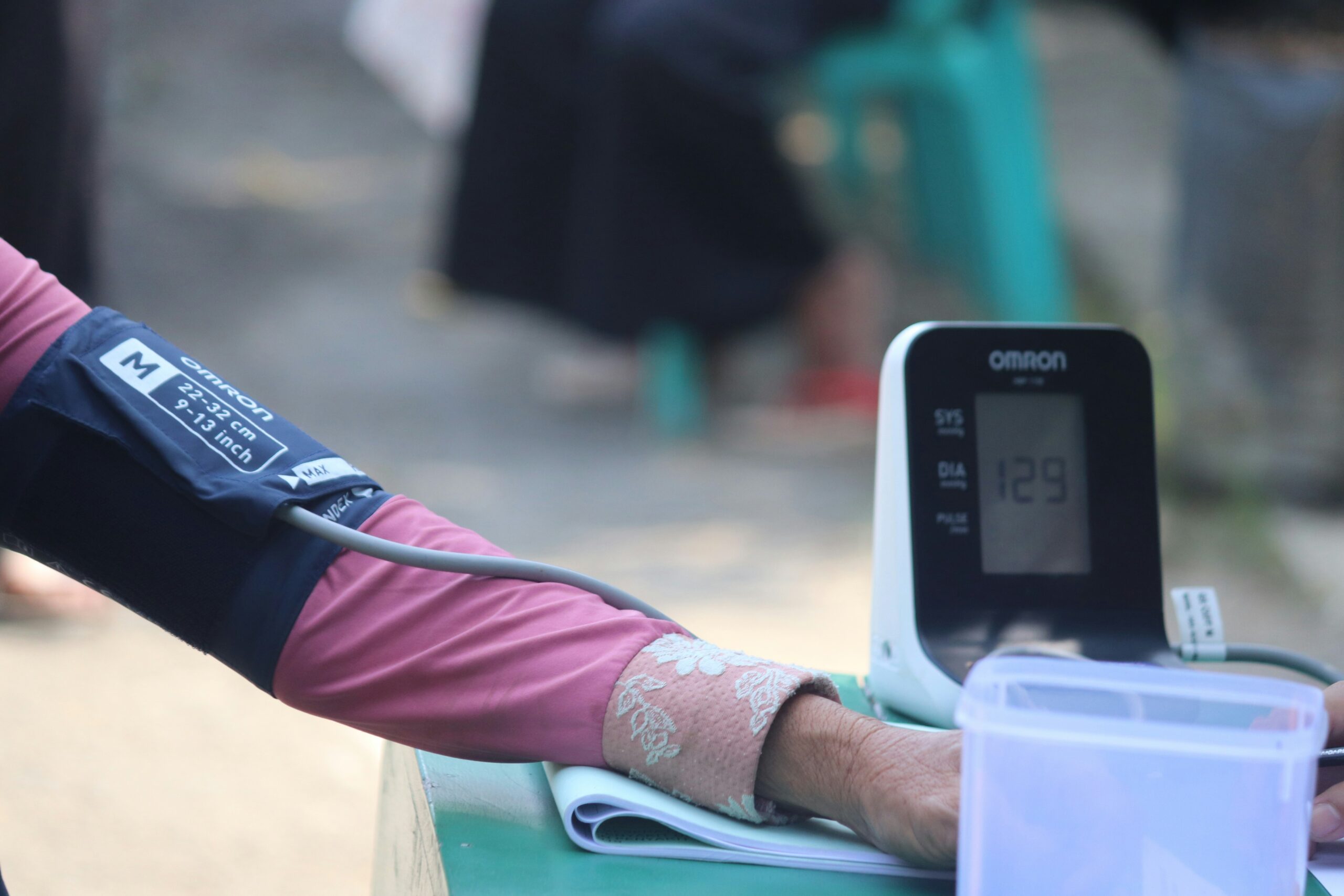Surviving Stroke: Recovery Tips and Prevention Tactics

Experiencing a stroke can be a life-altering event, affecting not only the individual but also their loved ones. While stroke recovery can be challenging, there are various strategies and techniques that can aid in the process. Additionally, taking preventive measures can significantly reduce the risk of stroke. In this article, we will explore recovery tips and prevention tactics to help survivors regain their independence and live a healthier life.
Understanding Stroke
Before delving into recovery tips and prevention tactics, it is essential to understand what a stroke is. A stroke occurs when the blood supply to the brain is interrupted, either due to a blockage (ischemic stroke) or a ruptured blood vessel (hemorrhagic stroke). This interruption prevents the brain cells from receiving the necessary oxygen and nutrients, leading to their damage or death.
Subheadings:
1. Recognizing the Symptoms
It is crucial to recognize the warning signs of a stroke to seek immediate medical attention. Common symptoms include sudden weakness or numbness on one side of the body, difficulty speaking or understanding speech, severe headache, dizziness, and loss of balance.
When these symptoms occur, it is essential to call emergency services right away. Time is of the essence when it comes to stroke treatment, as early intervention can minimize brain damage and improve the chances of recovery.
2. Stroke Rehabilitation
Stroke rehabilitation is a vital part of the recovery process. It involves various therapies and exercises aimed at improving mobility, speech, and cognitive function. Physical therapy helps survivors regain strength and coordination, while occupational therapy focuses on relearning daily activities such as dressing and eating.
Speech therapy can assist in recovering language skills, and cognitive therapy helps survivors address memory and thinking difficulties. Engaging in rehabilitation programs, both in a clinical setting and at home, can significantly enhance the recovery journey.
3. Emotional Support
Surviving a stroke can bring about a range of emotions, including fear, anxiety, and depression. It is essential for stroke survivors to seek emotional support from loved ones, support groups, or therapists. Talking about their feelings and experiences can help alleviate the emotional burden and provide a sense of understanding and validation.
Support groups specifically for stroke survivors can offer a safe space to share experiences, exchange recovery tips, and gain motivation from others who have gone through similar challenges.
4. Healthy Lifestyle Changes
Adopting a healthy lifestyle is crucial for stroke survivors to reduce the risk of future strokes and promote overall well-being. This includes eating a balanced diet rich in fruits, vegetables, whole grains, and lean proteins. Limiting sodium, saturated fats, and added sugars is also important.
Regular physical activity, as recommended by healthcare professionals, can improve cardiovascular health and reduce the risk of stroke. Engaging in activities such as walking, swimming, or cycling can help strengthen muscles, improve circulation, and boost mood.
Quitting smoking and limiting alcohol consumption are also essential steps in stroke prevention. Smoking damages blood vessels and increases the risk of blood clots, while excessive alcohol intake can raise blood pressure and contribute to stroke risk.
5. Medication and Follow-Up Care
Following a stroke, healthcare professionals may prescribe medication to manage underlying conditions that increase the risk of stroke, such as high blood pressure, diabetes, or high cholesterol. It is crucial to take prescribed medications as directed and attend regular follow-up appointments to monitor progress and make any necessary adjustments.
Subheadings:
6. Prevention Tactics: Know Your Risk Factors
Understanding the risk factors for stroke can help individuals take proactive measures to reduce their chances of experiencing one. Some common risk factors include high blood pressure, smoking, obesity, diabetes, high cholesterol, and a sedentary lifestyle.
7. Blood Pressure Management
High blood pressure is a significant risk factor for stroke. Managing blood pressure levels through lifestyle changes and medication, if necessary, can greatly reduce the risk. Regular monitoring, a low-sodium diet, exercise, and stress reduction techniques can all contribute to maintaining healthy blood pressure.
8. Healthy Eating Habits
A healthy diet plays a crucial role in stroke prevention. Consuming a variety of nutrient-dense foods, such as fruits, vegetables, whole grains, and lean proteins, can help maintain a healthy weight, control blood sugar levels, and manage cholesterol levels.
9. Regular Physical Activity
Engaging in regular physical activity is essential for overall cardiovascular health and stroke prevention. Aim for at least 150 minutes of moderate-intensity aerobic activity or 75 minutes of vigorous-intensity activity per week. Incorporating strength training exercises can also provide additional benefits.
10. Smoking Cessation
Quitting smoking is one of the most effective ways to reduce the risk of stroke. Smoking damages blood vessels, increases blood pressure, and promotes the formation of blood clots. Seek support from healthcare professionals, support groups, or cessation programs to successfully quit smoking.
11. Limit Alcohol Consumption
Excessive alcohol consumption can contribute to high blood pressure and increase the risk of stroke. Limiting alcohol intake to moderate levels (up to one drink per day for women and up to two drinks per day for men) can help reduce this risk.
12. Regular Check-Ups
Regular check-ups with healthcare professionals can help identify and manage any underlying health conditions that may increase the risk of stroke. Blood pressure, cholesterol, and blood sugar levels should be monitored regularly to ensure they are within healthy ranges.
Conclusion
Surviving a stroke is a journey that requires determination, support, and proactive measures. By following recovery tips and prevention tactics, stroke survivors can improve their quality of life and reduce the risk of future strokes. Remember, early recognition of stroke symptoms and prompt medical attention are crucial for successful recovery. With the right strategies and support, stroke survivors can regain their independence and lead fulfilling lives.




